How to Cook Seafood Like a Pro
Here’s the inside info from our seafood specialists.
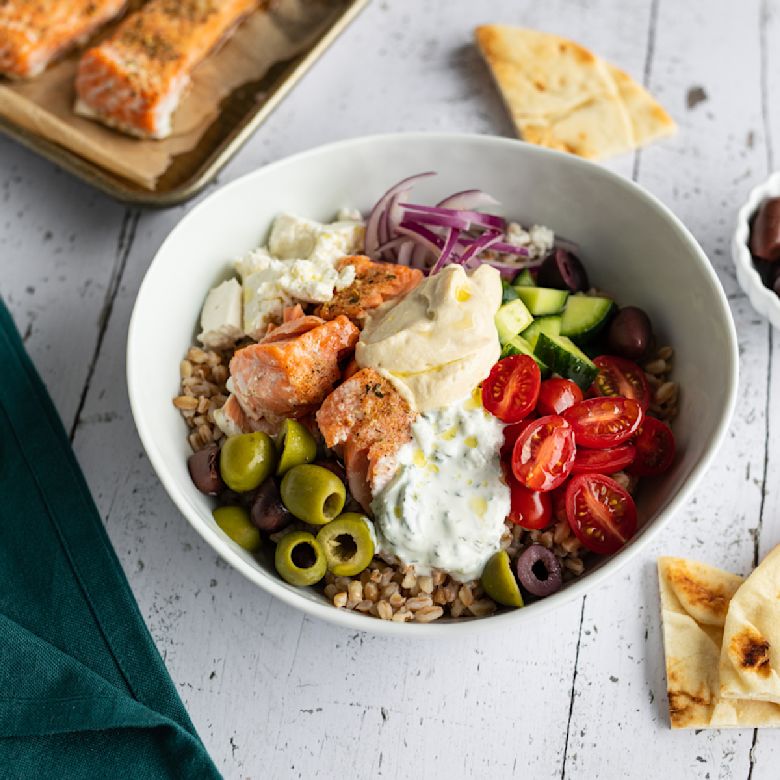
Salmon: You kind of can’t go wrong
The easiest way: roast it. Pat it dry, salt it, pepper it, and cook it at 400°F for 10 minutes per inch of thickness. Perfect every time!
The crispiest way: pan fry it. If you love that satisfying crunch on your salmon skin, give your skillet a drizzle of oil and set your burner to medium-high. Season the fish with salt and pepper, then cook it skin side down until it’s crispy—about 5 minutes per side.
Other possibilities:
Slow roast at 300°F for 20 minutes
Poach in simmering water or broth for 5–10 minutes
Cook en papillote (wrapped in parchment with aromatics) at 400°F for 10–15 minutes
Grill on a presoaked cedar plank
Need a fun, healthy salmon recipe recipe? Try this: Mediterranean Salmon Bowl
Learn more: Types of Salmon

Halibut: Mild, delicate, and versatile
Yes, you can follow the same advice above for roasting, broiling, or pan-frying salmon. But halibut can really shine sautéed with a little lemon and butter.
In a hurry? Try this 10-minute broiled halibut with avocado butter. It’s one of our chef’s faves.
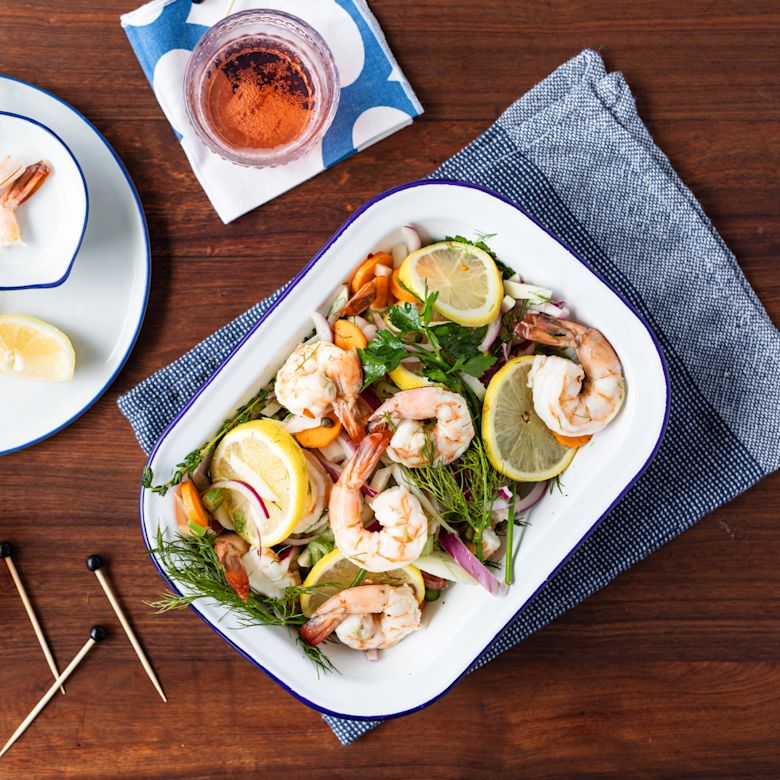
Shrimp: Always hugely popular
Perfect for stir-frying, grilling (skewers help here), or sautéing in butter with garlic. We love poaching shrimp, for extra plumpness and super tender meat.
Don’t forget, shrimp cook fast. The moment they turn opaque, they’re done. Be sure to try our T&C EveryDay Shrimp!
Entertaining? Try this make-ahead Overnight Pickled Shrimp appetizer, and get ready for guests to hound you for the recipe.
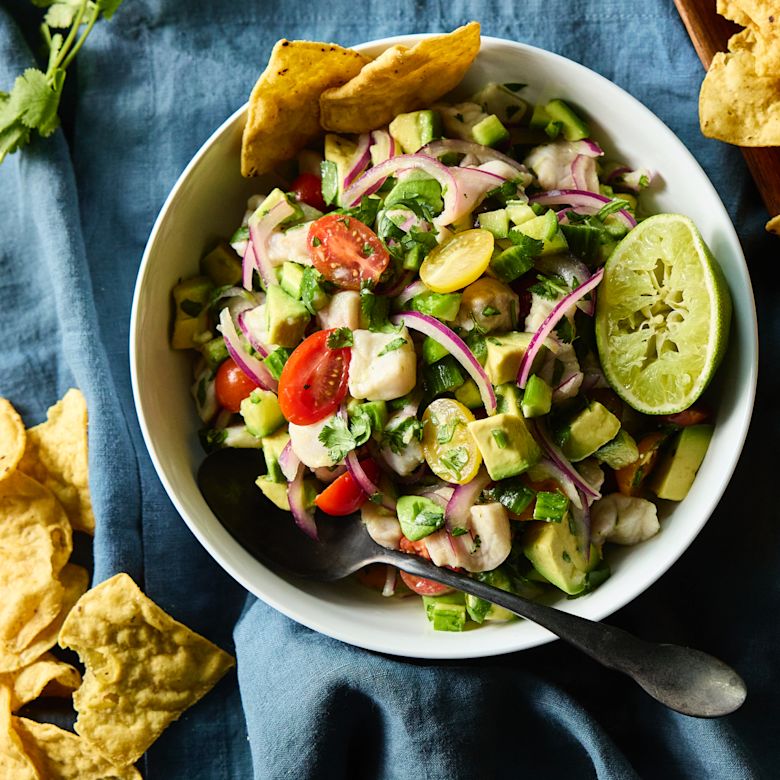
Rockfish: Beach-style is the best
This mild white fish is our first choice for fish tacos.
But don’t hesitate to pan-fry with your favorite spices, grill with peppers, or soak in lime juice and onions for 30 minutes to 2 hours, for some fabulous ceviche. Rockfish’s firm flesh soaks up the citrus flavors without losing its tender texture.
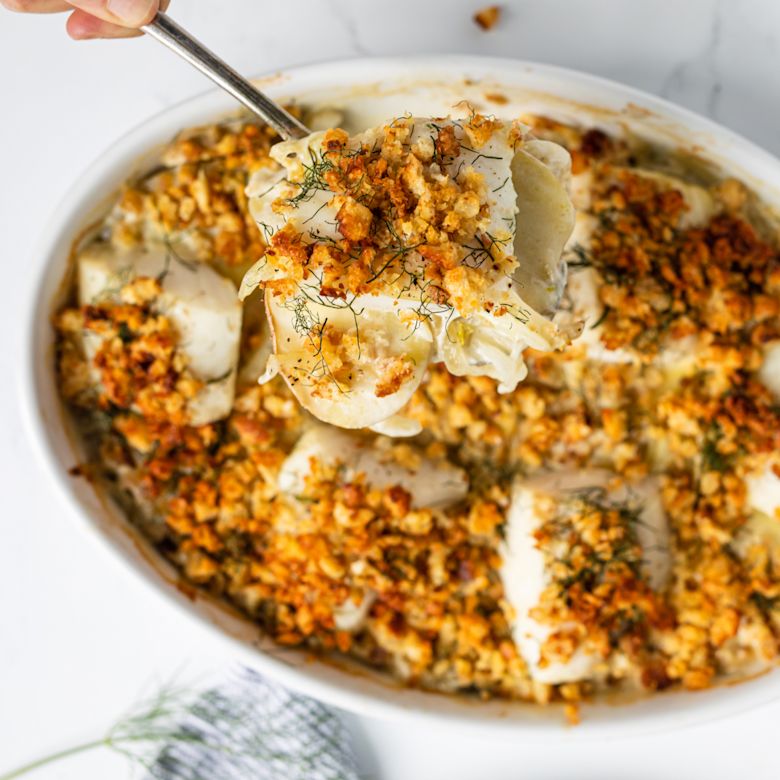
Cod: The fish that does it all
You can cook this consistent, versatile white fish any which way, from roasting to broiling to steaming to grilling to frying (fish and chips, anyone?) Cod’s also a great choice for a fish stew, or cooking in sauces.
Need ideas? This creamy Baked Cod with Fennel and Yukon Gold Potatoes is on rotation in our chef Joya’s home kitchen.
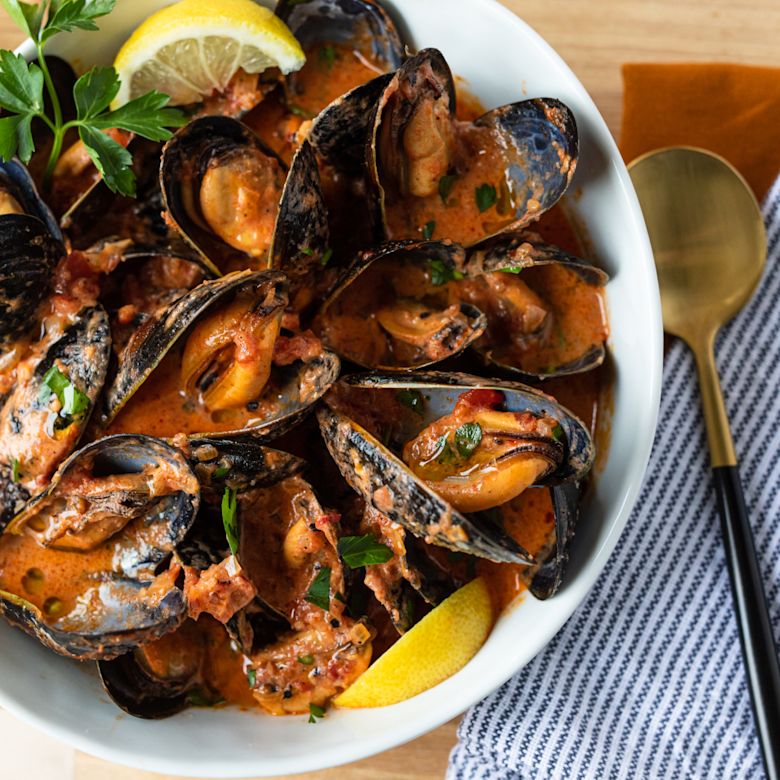
Clams and Mussels: Steam is supreme
Bring them back alive. At T&C, you always get live clams and mussels, fresh from the ocean. So be sure to store them in the fridge unwrapped, or in a mesh bag. Place them in a colander over a bowl, covered with a damp towel.
When you clean them, get rid of any that have cracked shells, or open shells that won’t close on their own after a quick tap.
Wash mussels under cold water to clean shells and pull off the fibers (known as the beard) from the shell.
Steaming helps clams and mussels release their natural juices, for a rich, oceany broth that gets even more beautiful with a splash of white wine. Add it to a soup like clam chowder for some extra depth.
Or, heat things up with this recipe for Mussels in Spicy Paprika Cream.
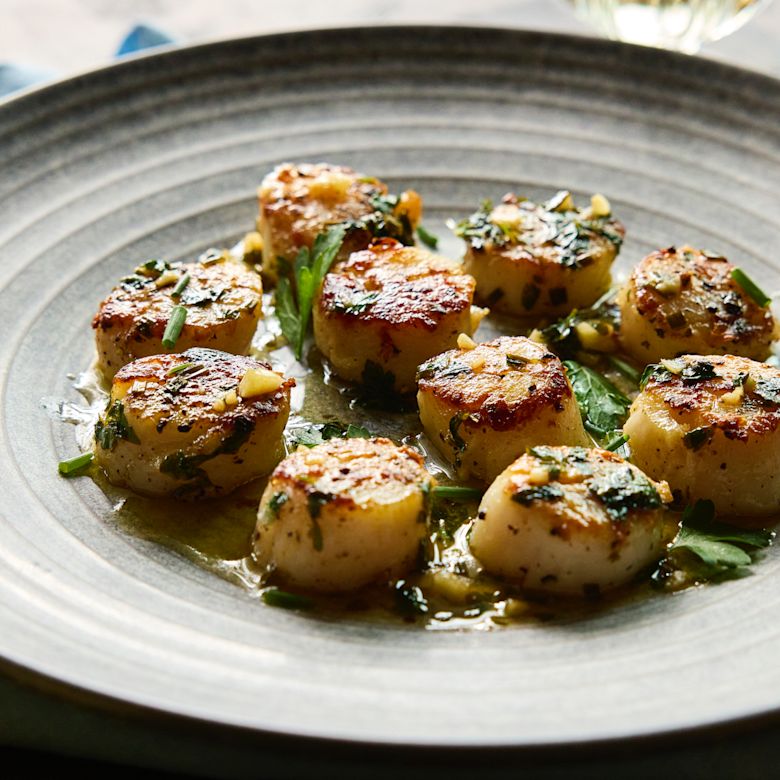
Scallops: Pan-searing is the way to go
Here are our top 3 tips for perfectly seared scallops:
Pat dry with paper towels. A wet scallop never browns.
Crank up the high heat. Get your pan nice and hot before adding your oil and scallops.
No crowding, please. Each scallop needs plenty of space around it in the pan.
Need a little guidance? Use our recipe for Perfectly Pan Seared Scallops.
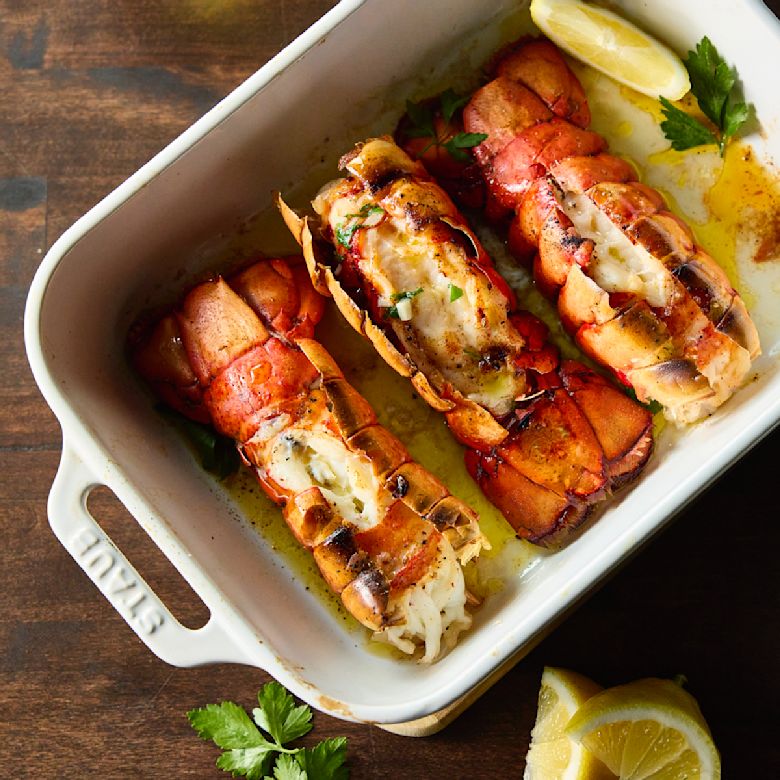
Lobster: the king of crustaceans
Want to make a huge splash at the dinner table? Bring home some lobster. You can bring out its sweet, delicate flavor and firm-yet-tender texture in various ways:
✔️ Steamed
✔️ Baked
✔️ Boiled
✔️ Grilled
✔️ Broiled (our favorite - here’s how we do it)
Cook them whole in the shell, or remove the flesh, chunk it up and sauté it in butter with garlic. Or add it to a soup or a pasta. In fact, why not make an extra lobster, so you have some leftover lobster meat? Because who doesn’t love a lobster bisque?